-
Posts
112 -
Joined
-
Last visited
Content Type
Forums
Detector Prospector Home
Detector Database
Downloads
Posts posted by fogrider
-
-
13 hours ago, Cal_Cobra said:
The guy I was hunting with then and I dug over 100 silver coins in a month, it was really unbelievable.
Great story!
I think an old Boy Scout camp/picnic site would be a worthy site to hunt.
-
-
Looks like the 10x5 and the 6 are both winners!
-
Took the Nox to a local 1937 community hall (with permission).
Hit it Friday after work, and most of the day today. Ran it mostly on multi-frequency.
The 10x5 worked well in the trashy conditions. So many bottle caps!
Met the 80 year old 2nd generation pioneer that played ball there when he was a kid. He was a wealth of information. Nice guy. Their baseball team was called "The Pirogies" (They were Ukrainian!)
Had a great day. The scenery and weather were fantastic.
47 ML nickel, 43, 47 (x2), 53, 55, 57 dimes, and a 1935 1 cent:
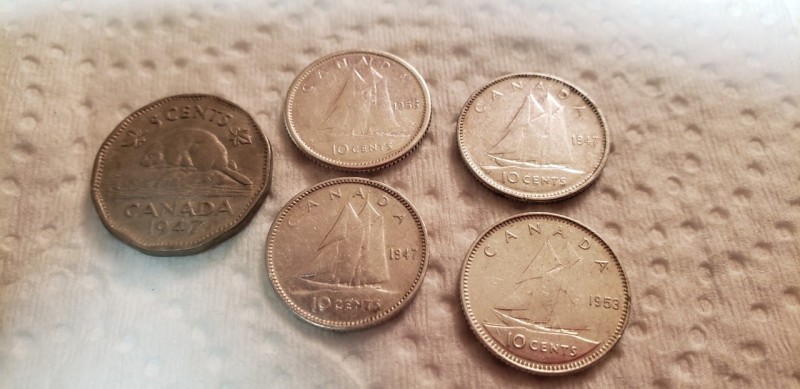
There was a lot of action around the old concession window. I thanked the caretaker by trimming around the building.
Happy hunting!
-
Great finds. Sounds like you've really dialled-in your detector.
-
Your detector is well set-up for coin hunting, judging by your variety of finds.
That V nickel is beautiful.
-
Very nice finds!
-
1/2 hour hunt on an area of my backyard that I've hunted 3 times before. One men's ring and two pennies ('59 and '60).
The 10x5 provides precise separation of close targets.
A slow sweep, and careful attention to the audio signal help maximize the benefit of the coil.
It seems to detect coins on-edge quite well; providing a slightly bouncy yet repeatable signal.
I think the initials on the ring are FDH. A pioneer named Frederick Hoar homesteaded a 1/4 section 2 miles from my place, on July 7, 1928. Might be his ring.
Nox 600, Park 1, 5 tones, 12, 20-40 discriminate, 4 kHz, 10x5 coil.
Might head out to an old baseball diamond later today.
-
I installed a Coiltek 10x5 on my Nox 600, and went out in the backyard for a trial run. I search an area I previously hit hard, and found some coin-like junk and a 1 cent piece.
Great separation qualities. I picked the 1 cent piece out of a group of iron nails.
I'm happy so far. I can't wait to search an old site.....
-
Nice finds.
On 9/18/2022 at 4:32 AM, jim tn said:A. 5 silver day including jewelry is getting rarer each passing year.
On 9/18/2022 at 6:28 AM, NCtoad said:Permissions to private residences are hard to get and the public areas are pretty much hunted out. Sometimes I’ll luck upon a place that hasn’t been hit hard, but it’s rare.
I count myself lucky. Most areas up here have never been hunted, or may have been hunted lightly in the past. Lots of old homesteads are still standing on their original 1/4 sections.
So far, folks seem willing to give me permission to hunt when I ask nicely and explain my digging technique to them. I cut a small 3/4 hinged plug and place my dirt on a rag. They appreciate the courtesy.
On 9/19/2022 at 6:28 PM, dogodog said:Nice to see you are thinking outside the box.
Agreed.
Happy hunting.....
-
10 hours ago, jim tn said:
I don't do anything with mine other then a water rinse when I get home.
Good point. Some old silver coins with nice patina should be left "as-is". Just a rinse in clean water.
If a silver coin was dropped while in uncirculated condition, I don't mind cleaning it with baking soda and water to remove the surface dirt.
However, polishing a silver coin with metal polish is "verboten" in my books.
Happy hunting...
-
Nice hunt! Beautiful bell! That silver ring cleaned up nicely.
The coin looks nice just the way it is; with the heavy copper patina. Acid rain might have played a part in that ☔.
Cheers.
-
For me, some baking soda and a wet toothbrush does the trick, once I get them home.
I carry a small squirt bottle when I'm hunting so I don't scratch the silver coins. I cringe whenever I see someone wipe a nice old silver coin with their fingers as soon as it comes out of the ground......
1938 dime.
-
I've had some good luck in old parking areas, especially near old baseball diamonds.
-
Nice! One of the rarer dates/mint marks too.
-
Well done! Nice patina on that old quarter. I bet you were pretty pumped when you dug it up. It's always a thrill to see a vintage silver coin pop out of a plug.
Hopefully you'll find more like it...... 😎👍
-
1 hour ago, GB_Amateur said:
The surface of that coin would serve as a pretty good fingernail file.
Try the water/CLR and toothbrush method on that Canadian large cent. You might have to work on it for several minutes. You might be pleasantly surprised.
The rust might be from an iron object that was near the coin. Typically, the old pennies don't rust.
I'm curious to see how it cleans up.....
-
2 hours ago, GB_Amateur said:
Since you dig Canadian coins, here's a datapoint for you, and a question. I have a mid-teens Canadian large cent which I found in an old schoolyard near where a large tree had been removed. (I've noticed that the chemicals in some decaying tree leaves can be really hard on some coins, particularly our 25% Ni, 75% Cu coins -- our 5 cent pieces and clad.) This large cent has a lot of crusty buildup, seemingly worse than our Lincoln cents of the same time period. Do you know the composition of those 19-teens large cents?
95.5% copper, 3% tin, 1.5% zinc. So, basically a bronze alloy.
That might explain why the older "copper" Canadian pennies seem to last fairly well in the ground.
Here's how I clean old pennies:
1. Hot soapy water and a tooth brush. Then:
2. A 5:1 mix of water and CLR with a tooth brush until the gunk is gone. Don't soak the penny in the water/CLR mix, as the metal may etch. The crusty build-up usually disappears.
3. Nasty black crud can be removed with a wooden toothpick dipped in the water/CLR solution.
I try to leave some patina on the coins.
-
12 hours ago, GB_Amateur said:
Although fertilizers can contribute, the problem with Zincolns is galvanic action.
I wonder what our UK friends experience with the old bronze coinage?
I dug a Victorian English penny a month ago, and it was beautiful (It's the one I use for my profile picture). Likely been in the ground for 80+ years.
Seems like copper and tin make a stable combination.
-
15 hours ago, CPT_GhostLight said:
However, copper US pennies (1982 and earlier) usually come out of my ground looking very good with a nice patina, but no degrading.
Same is true in Canada. Pre-1996 copper pennies typically come out looking decent. I imagine the modern plated pennies won't fare well in the future.
Vintage Canadian 5 cent pieces are very difficult to discriminate with a detector. They are made of almost pure nickel (except for the wartime era 1944-1945 and 1951-1954 chrome plated steel, and the wartime tombacs). They show up as a choppy high signal when flat in the ground, or a solid -8 on-edge on my Nox 600. US 5 cent pieces are no problem.
I've likely missed a lot of Canadian 5 cent pieces over the years, thinking they were steel washers.....
I never thought of the effect of fertilizers before. Makes sense. The coins I hunted 40 years ago were mostly in urban areas. I now live in a farming community, where urea-based fertilizer is commonly used. That stuff will rot most metals.
-
6 hours ago, Valens Legacy said:
Very nice finds and I can tell that you had a lot of hard work finding them. There is no telling just how much trash you had to dig up to find what you got.
Good luck and good hunting.
Oddly enough, I don't remember digging too much trash. The old detector was pretty good at discriminating the junk. A coin gave a very distinct tone. I probably missed a lot of deeper targets and coins-on-edge though.
Coins were more plentiful back then. I remember an old country church that gave up nearly 100 pennies from the 30s-50s, and I was only able to do half the area due to tall grass. There were many sites that had never been detected back then. It wasn't unusual to find 25 or more old coins on a single outing. The boulevards in the older part of the river valley neighbourhoods were full of old coins.
The soil around Edmonton was very easy on copper coins. I pulled an 1896 penny out of the ground (maybe 85 years in the soil) and it only required a basic scrubbing with a toothbrush and soapy water to clean it up nicely. Almost no visible corrosion. Likewise the George V necklace was ilikely in the ground for 60+ years, and it cleaned up well (it still had some original lustre). A few of the pennies in the photo may be from coins I pulled from my pocket change. Silver coins were still circulating back then, and it wasn't odd to find an old coin in your change. Half my Canadian nickel collection was from pocket change.
Obviously, as the years go by, more and more of the older copper coins are going to be in rough shape.
The area I live in now absolutely destroys copper. Brass and silver items are ok. Copper coins that have been in the ground as little as 20 years tend to be noticeably corroded. I've done some pH tests on my rainwater, and it's quite acidic; almost too acidic for many houseplants. There are a lot of oil and gas operations west of my place (the prevailing winds are from the west), and I have a theory that H2S gas might be the culprit.
I'm curious about the opinions on the soil in other areas that folks on this site hunt.
Longwinded, as usual........... 😲
-
I dragged out my old coin collection today. Some of the boxes have been sealed for 35 years.
The metal box contains detected one cent pieces that I simply tucked away back in the early 80s. Back in the 80s, coins from the 30s-50s were fairly new, and were no big deal. I also found lots of old silver coins that I detected back in the day.
I dug up a rare 1911 George V coronation necklace from a park down by the Saskatchewan River in Edmonton in 1980. One of my better finds.
The old Whites Coinmaster 5000D was a worthy machine in its day. 😁
-
I pulled the trigger on the Coiltek 10x5. Should be here by the end of the week. If I'm lucky, I'll have 3 weeks of detecting before the snow hits. I'm looking forward to next years adventures.
-
Nicely done. A dime at 11 inches down is impressive.


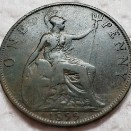
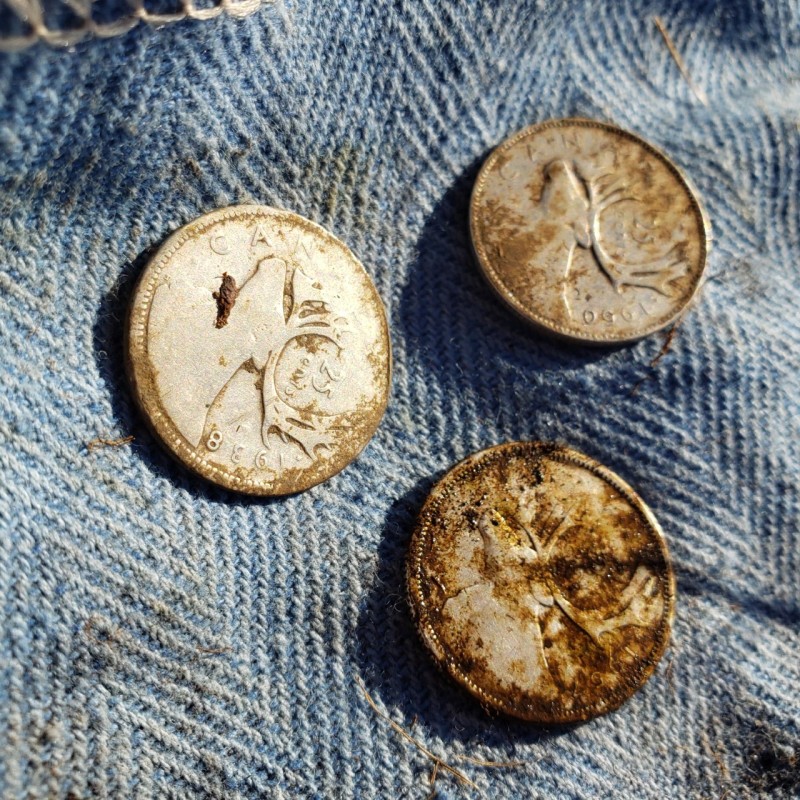
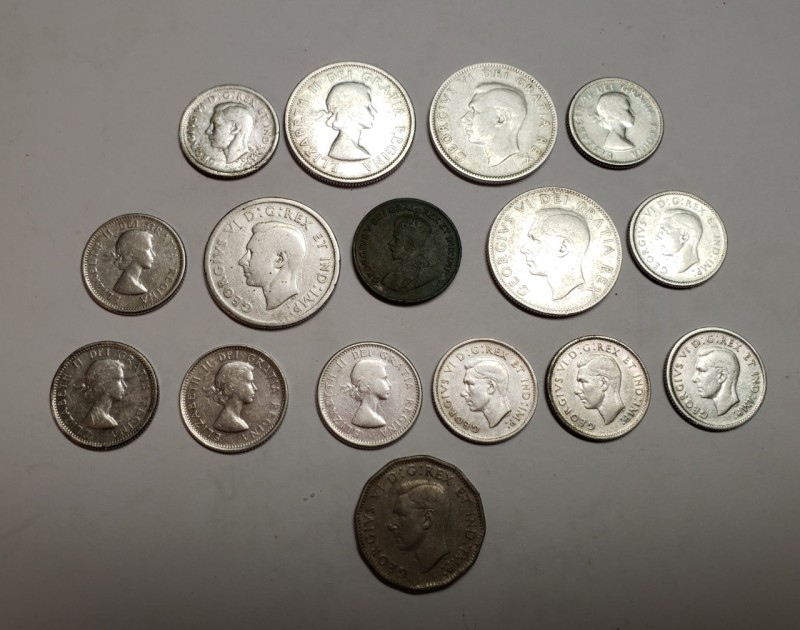
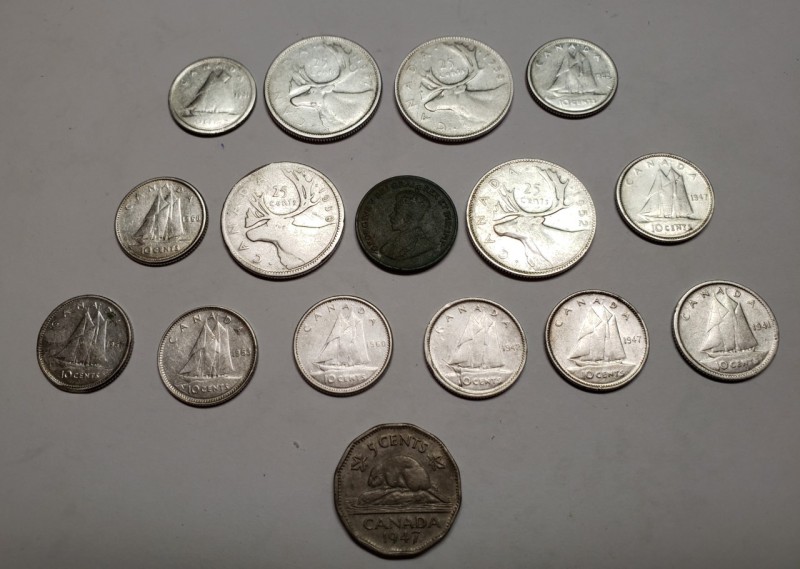
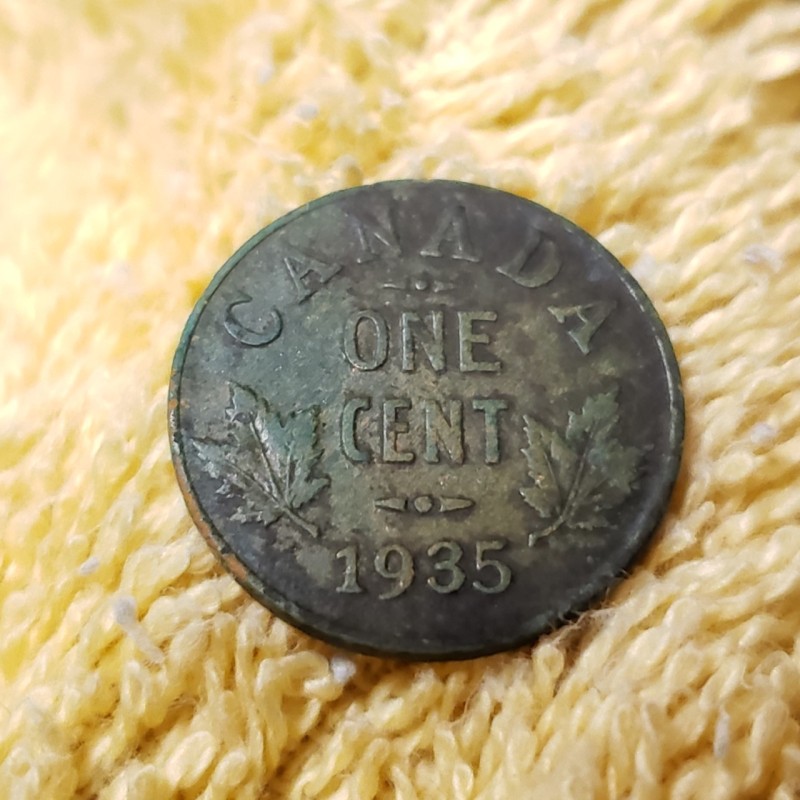
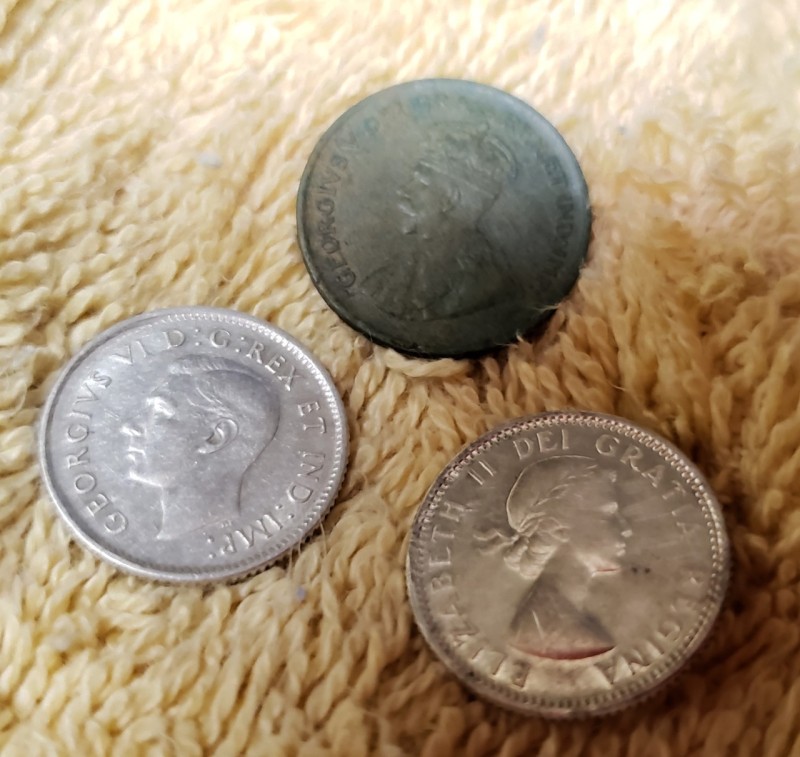
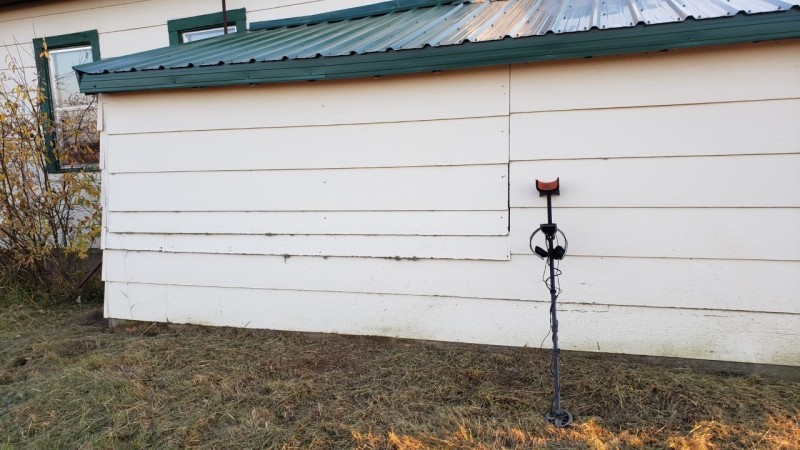
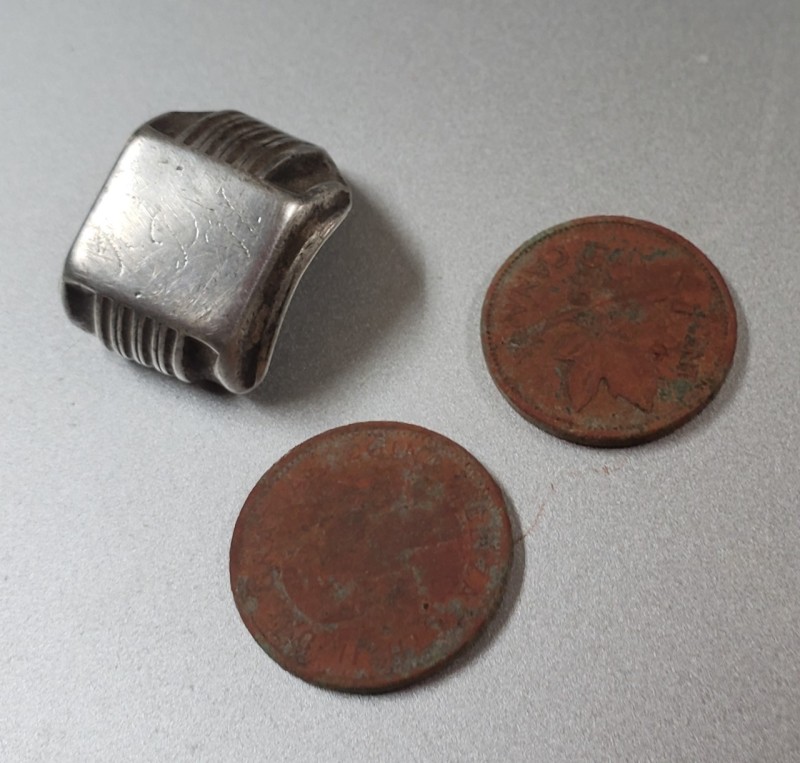
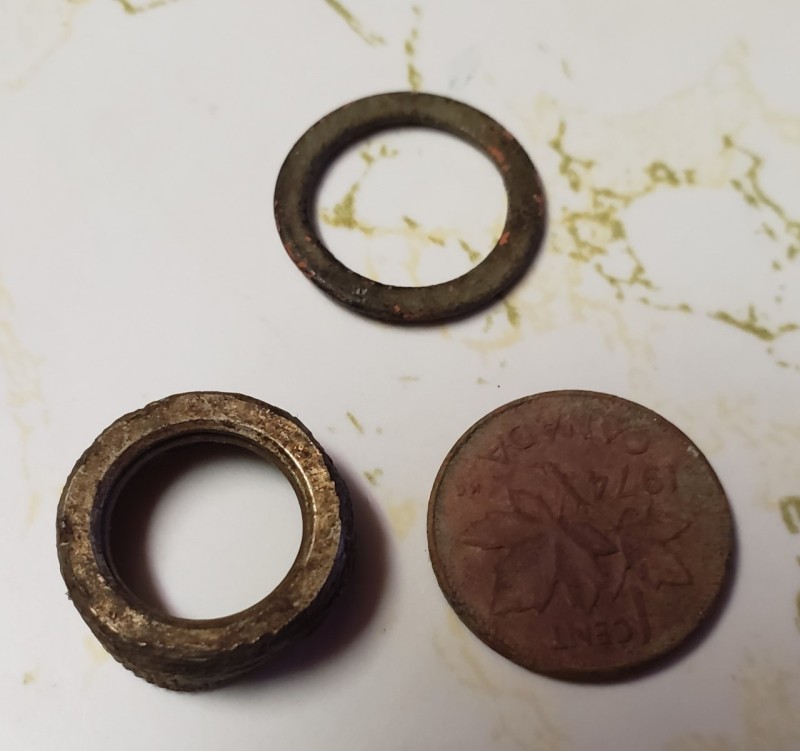
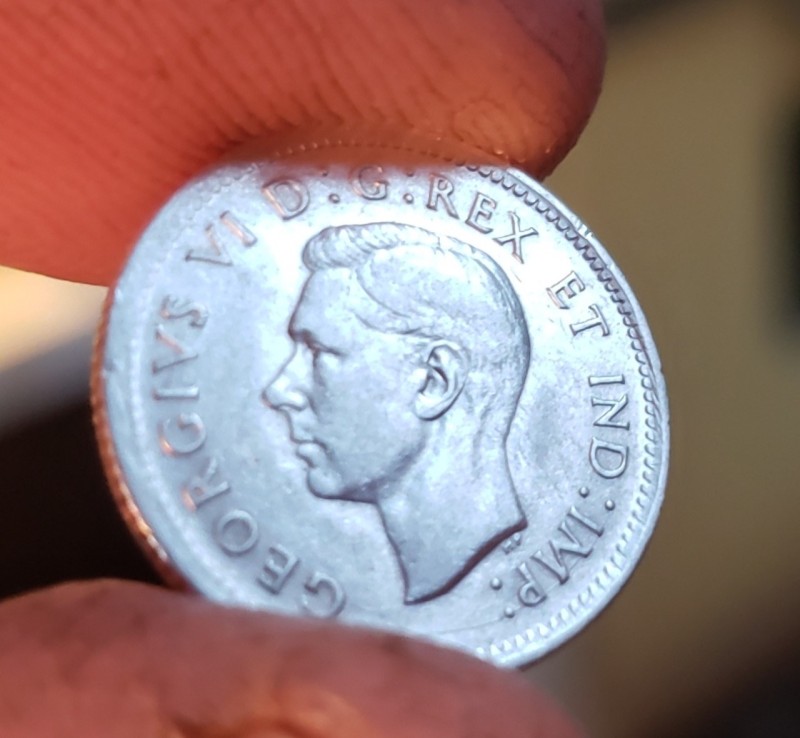
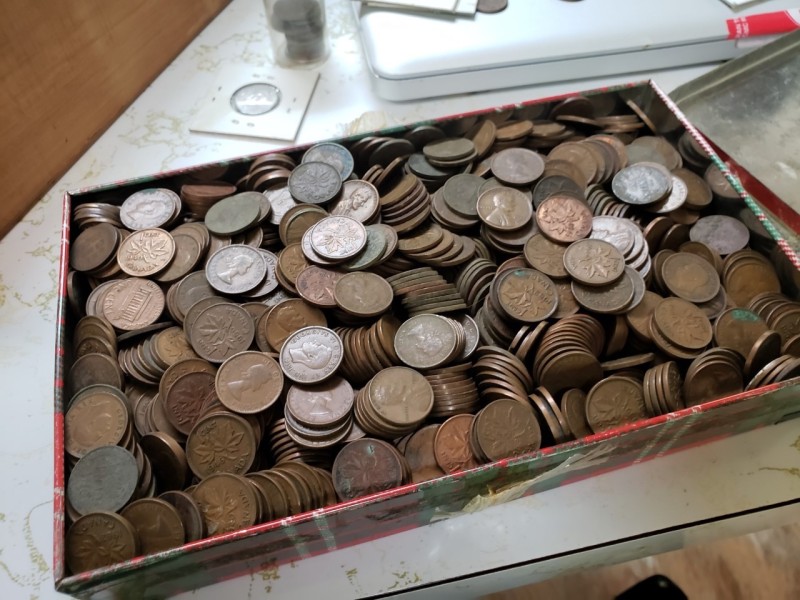
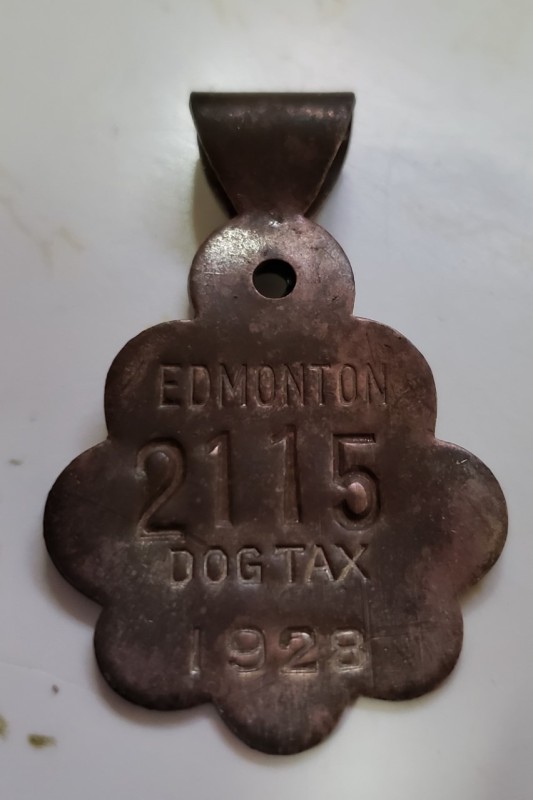
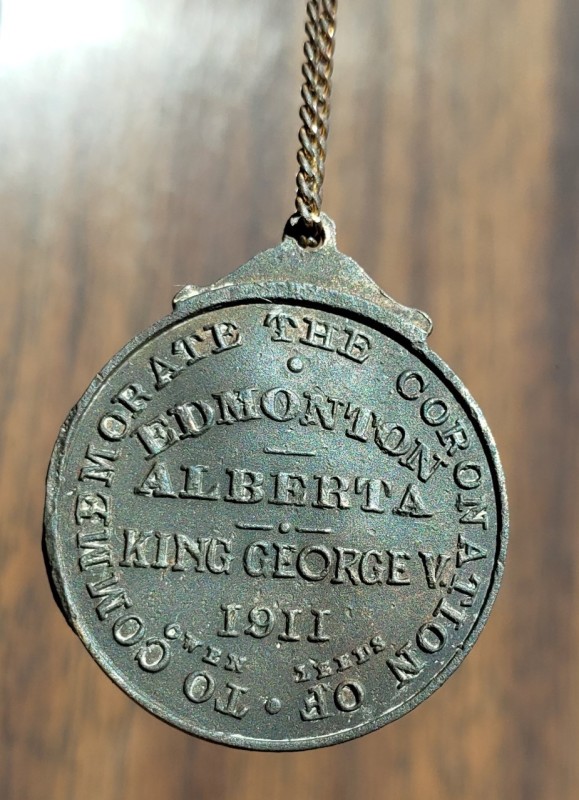
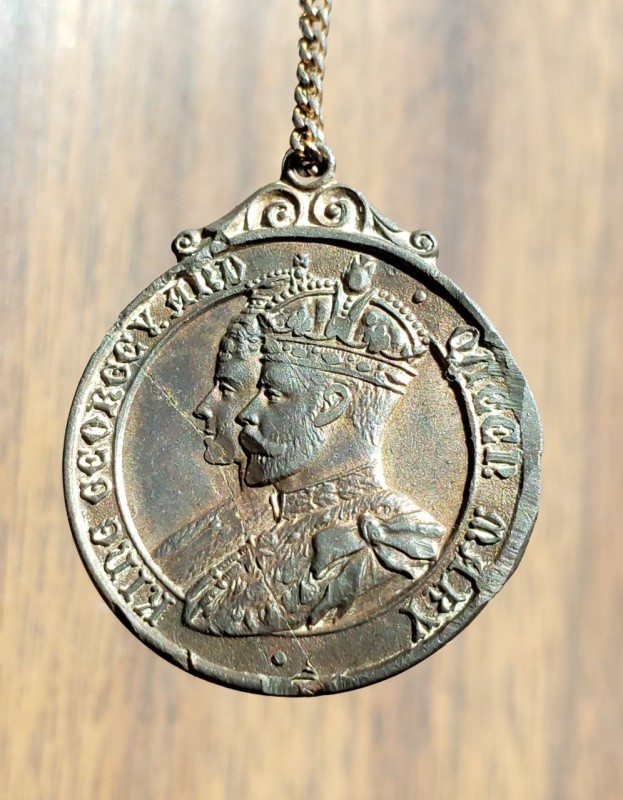
Silver Bonanza
in Metal Detecting For Coins & Relics
Posted
Probably the best condition coin I ever found. 1958 dime. My birth year. UNC condition.
Not bad for 64 years in the ground...